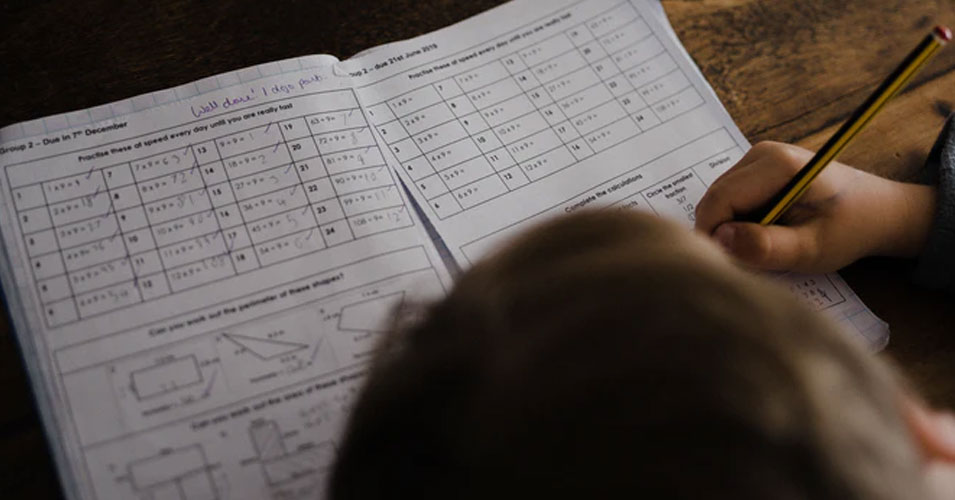


Two circles intersect at A and B, P is a point on produced BA. PT and PQ are tangents to the circles. The relation of PT and PQ is
(A) PT > PQ
(B) PT = PQ
(C) PT = 2PQ
(D) PT < PQ
Two equal circles of radius 4 cm intersect each other such that each passes through the center of the other. The length of the common chord is
(A) 2√3 cm
(B) 4√3 cm
(C) 2√2 cm
(D) 8 cm
The length of a chord which is at a distance of 12 cm from the center of a circle of radius 13 cm is
(A) 6 cm
(B) 12 cm
(C) 10 cm
(D) 5 cm
The length of the common chord of two circles of radii 30 cm and 40 cm whose centers are 50 cm apart is (in cm)
(A) 36
(B) 48
(C) 12
(D) 24
The ratio between the number of sides of two regular polygons is 1 : 2 and the ratio between there interior angles is 2 : 3. The number of sides of these polygons is respectively
(A) 4, 8
(B) 7, 14
(C) 6 , 12
(D) 5, 10
If angle bisector of a triangle bisects the opposite side, then what type of triangle is it?
(A) Isosceles or equilateral
(B) Isosceles
(C) Right angled
(D) Equilateral
The diagonals AC and BD of a cyclic quadrilateral ABCD intersect each other at the point P. Then, it is always true that
(A) AP . BP = CP . DP
(B) AP . CD = AB . CP
(C) BP . AB = CD . CP
(D) AP . CP = BP . DP
If the circumcenter of the triangle lies outside it, then the triangle is
(A) Right angled
(B) Obtuse angle
(C) Equilateral
(D) Acute angled
If ABC is an equilateral triangle and P, Q, R respectively denote the middle points of AB, BC, CA, then
(A) PQ + QR = PQR + AB
(B) PQ + QR = PR + 2AB
(C) PQR must be a right angled
(D) PQR must be an equilateral triangle
ABC is an isosceles triangle with AB = AC. The side BA is produced to D such that AB = AD. If ∠ABC = 30°, then ∠BCD is equal to
(A) 30°
(B) 60°
(C) 45°
(D) 90°
Get the Examsbook Prep App Today